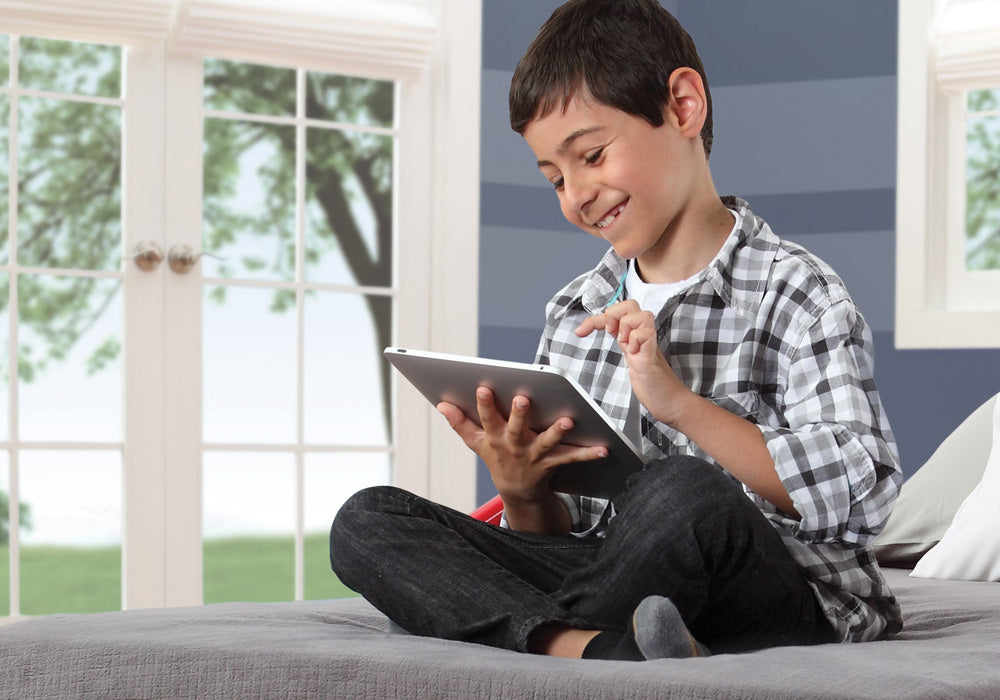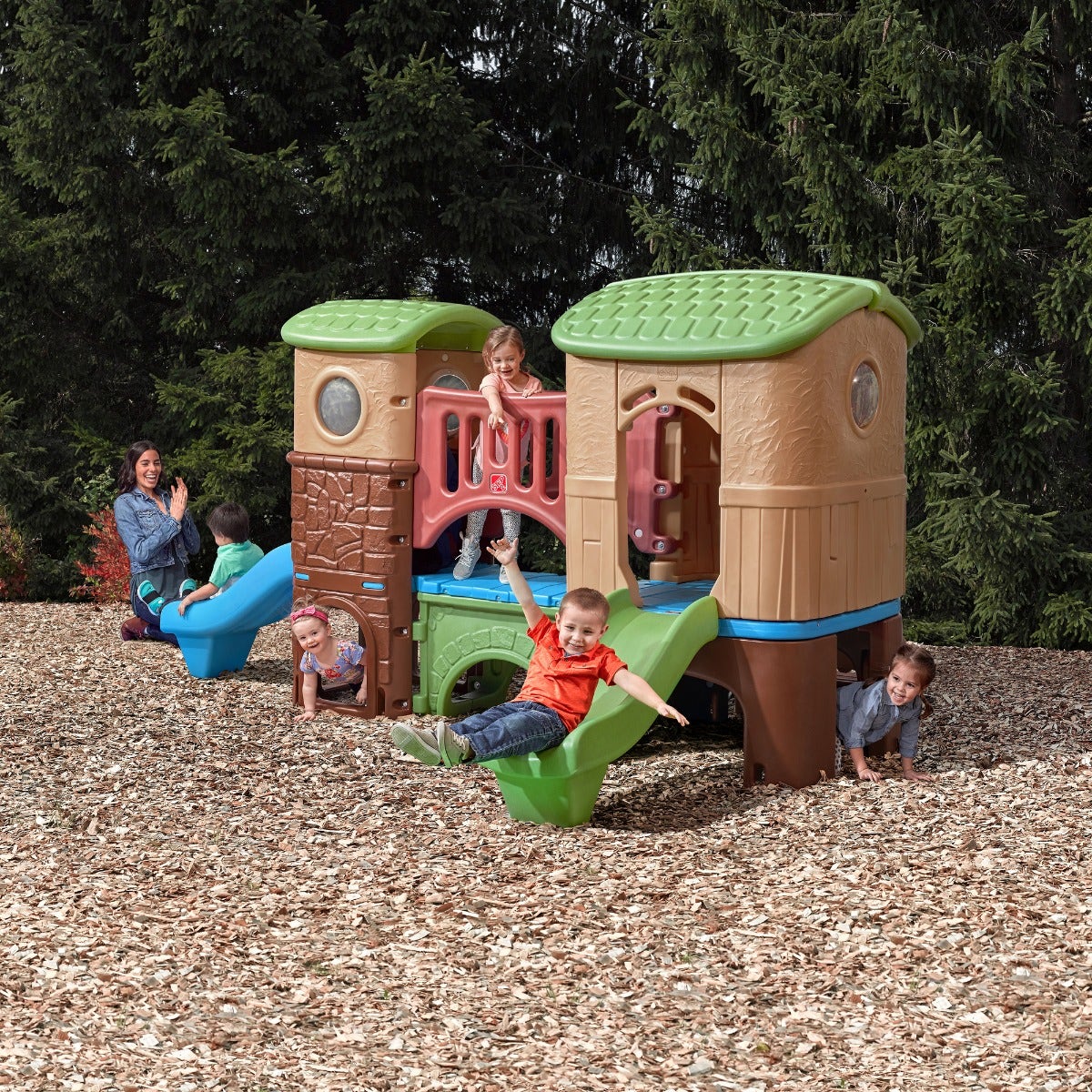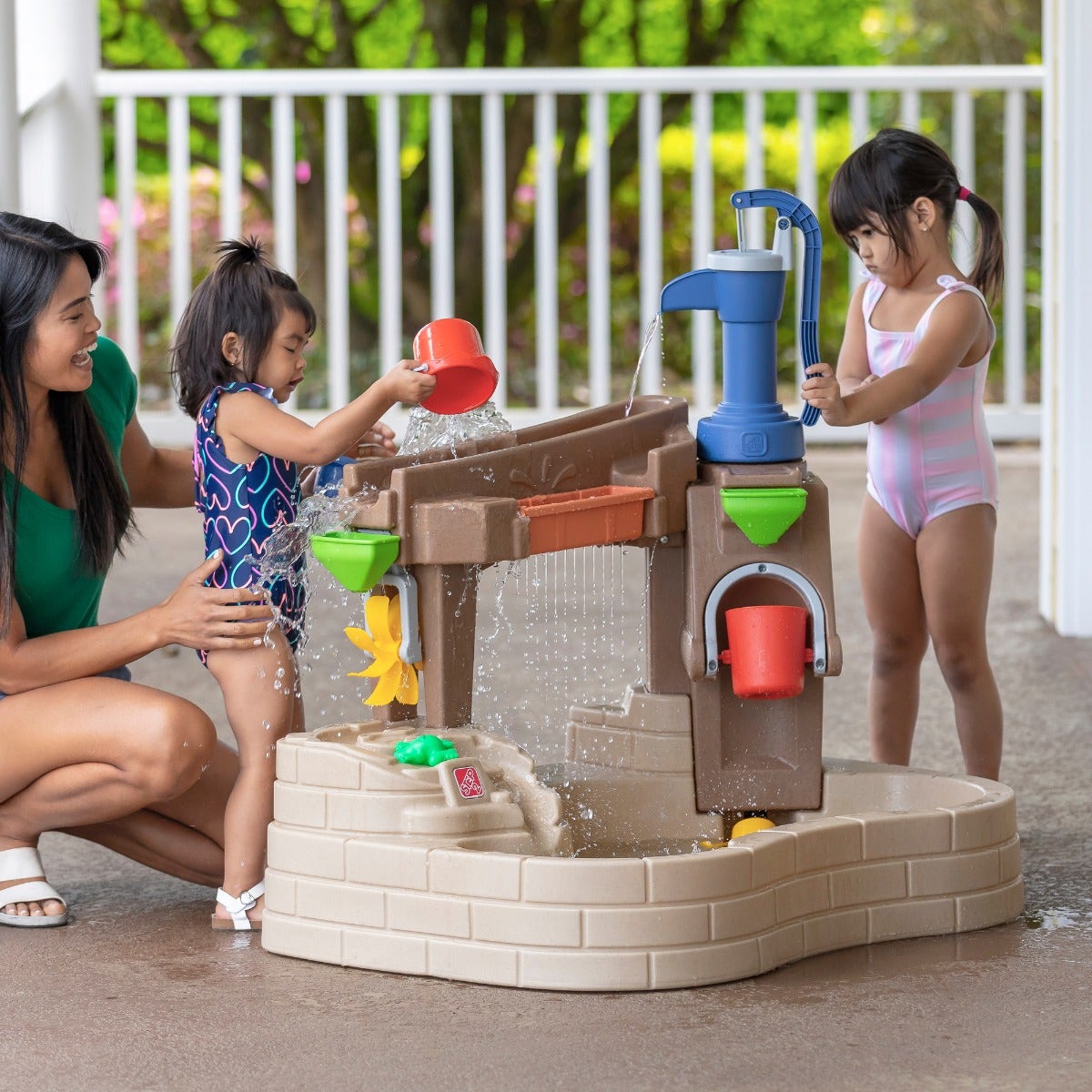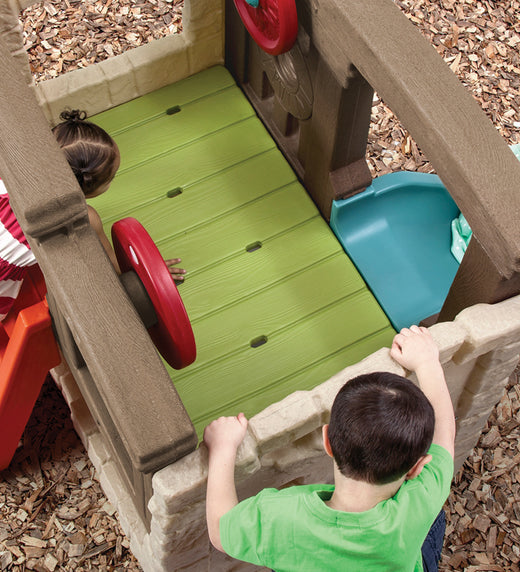
By Dr. Keili Mistovich, MD, MPH
Screen time—what’s a parent to do? When’s the right time to introduce screens to your kids? How much is too much and how do you ensure that your kids are watching and interacting with quality apps and programs? And even more, what types of devices are included when we refer to screen time?
When pediatricians refer to screens, we mean screens of any type. This includes phones, tablets, television, computers—really anything that has a screen that your child is watching or engaging with in some way.
Successfully navigating and setting reasonable limitations on screen time is one of the more challenging aspects of modern parenting. Screens are everywhere. Often, it feels like avoiding them is nearly impossible.
Of course, screens are convenient—kids love them, and it’s probably the quickest way to calm your child in a stressful situation. This being said, nearly every parent has wondered how much the screens may be harming their child versus how much their child may be benefiting by engaging in an educational app.
Screen-Time Studies
Many organizations and researchers are working to answer these questions. Screen time is a rapidly evolving field, and we’re learning more every day about the risks and benefits of screen time for children. The American Academy of Pediatrics (AAP) has devoted considerable resources to studying this topic.
Average Screen Time Recommendations by Age
In 2016, the AAP published a report that outlined guidelines for parents to help provide a framework for how to best introduce and utilize screens with our children. In summary, the AAP report recommends the following:
- 0–18 Months: No media use at all
- 18 Months: May use video chatting (FaceTime, Skype) as a way to keep in contact with distant relatives and friends
- 18–24 Months: Only high-quality programming with an actively engaged adult
- 2–5 Years: Limit screen time to no more than one hour per day and co-view with a parent
Creating a Media and Screen-Time Plan
The AAP recommends choosing high-quality programming that’s interactive and educational. Watch these programs together and discuss the content with your children to ensure they’re understanding what they’ve viewed.
Here are some tips from the AAP for media use at home:
- Develop a family media plan to establish rules that every member can follow
- No screens during meals or 1 hour prior to bedtime
- No screens in the child’s room
- Turn off any media when not in use
So, what’s the rationale behind these recommendations? Most of the guidelines stem from an understanding of childhood development and the variety of factors that impact a child’s ability to mentally and socially thrive. Other recommendations are based on the neurotransmitter levels of the brain, which are involved in how the brain sleeps, grows, and perceives enjoyment from the world.
Developmental Risks of too Much Screen Time
One of the challenges with screen time—especially excessive, unlimited time—is that it replaces the time that children should be engaged in other activities. Every minute that a child spends looking at a screen is one minute less that they’re playing outside, reading a book, exercising, sleeping, engaging in interactive pro-social play with other children, or having reciprocal conversations with their parents.
Multiple studies have shown that young children who engage in excessive screen time are found to have an increased risk of cognitive, social-emotional, and language delays.
Play—both with parents and other children—is well established as a major contributor to the development of pro-social behaviors, such as sharing, communication, and problem solving. Language development is fostered by interactive conversations, hearing adult speech, and reading books aloud with parents or other adults.
Beyond this, if screens are used as a mode of soothing the child, it impairs the child’s own ability to develop appropriate self-regulatory behaviors. In other words, if a screen is put in front of a child’s face every time she cries, not only is she learning that if I cry, I get to have screen time, but it’s also preventing her from learning other ways to cope with frustration.
Addictive Properties of Screen Time for Children
It’s also been established that screens are increasingly addictive to children’s brains. The more screens children watch, the higher the addictive potential becomes. Our brains make a hormone called dopamine, which is often referred to as the pleasure hormone. Dopamine is released during pleasurable activities and provides positive reinforcement to our bodies to continue to engage in that activity.
When a child is watching and experiencing enjoyment from a screen, dopamine is secreted, which makes that child feel good. Over time, your brain requires increasing amounts of the activity to have the same good effect, similar to other addictive substances, such as drugs and alcohol. And thus, the addiction potential grows.
Even worse, there’s concern that children who become addicted to screens, especially those children who are exposed very young, will also seek out and have a lower threshold for more serious addictions to other undesirable activities.
Recommended Screen Time for Kids
On the surface, no parent wants to cause or even passively allow anything to negatively impact the development of their child’s brain. However, as we said before, screens are nearly unavoidable. Our best defense is to educate ourselves and make a well thought out plan for how to optimize your child’s screen time.
Let’s discuss some ideas to help you better navigate this major challenge.
Screen Time for Babies Under the Age of 24 Months
When your children are very young, sit down with your partner and make a plan. Make sure that you’re explicit in making your plan known to everyone who’ll be caring for your child. Decide together to keep screens out of your child’s life until at least 18 months of age.
Know that there’s no developmental advantage to giving your child a screen prior to 18 months. Parenting is tough, but you got this—there’s better, safer ways to soothe and entertain your infant.
Screen Time for Toddlers Older Than 24 Months
By this age, your child may start engaging in screen time. Be sure to follow the media plan you and your partner prepared.
- Establish that all devices belong to the parent, and children must ask before using it. It’s not Madeleine’s iPad; it’s mom’s iPad, and mom is letting Madeleine use it. Period.
- Establish strict guidelines for use, including when and where a child is able to use the device. The AAP has created a Family Media Plan to help you and specifically outlines all of these rules.
- When age appropriate, discuss respectful and safe behavior when using screens, especially any social media accounts. Include in your family media plan that all apps must be approved by parents prior to use and that parents will have access (including user names and passwords) to any and all accounts that are used by the child.
- Make your children earn their time on the screens. Screens should be considered a privilege that can only be obtained after the child has demonstrated good behavior when not using the screen. For example:
- ____ chore = ____ minutes of screen time
- ____ minutes of outside play = ______ minutes of screen time
- All homework must be completed prior to any screens being turned on
- Failure to turn off a screen at the appropriate time one day means the child loses the privilege on a subsequent day
- Breaking any of the rules of screen-time respect (as outlined in the family media plan) means loss of screen time privileges until the child has regained the parent’s trust
- Give the device a curfew. In other words, turn all media off at a set time, and no devices should be charged in the child’s room at night—and, don’t forget, no TVs in their rooms either!
- While not always easy, whenever your child is on a screen, prioritize this as time that you’re spending together, especially for kids under age 5. The more interactive the screen-time activity is with the parents, the better for their brain’s development. Whether you’re watching a movie or playing a video game, spending time talking about the activity during and afterwards will help to boost your child’s brain experience.
- Take the time to vet all of the media your child is using. I highly recommend using Common Sense Media® as a resource to help you determine the quality of the media. Remember: even if an app or show claims to be educational, many of these were not developed by educators or persons trained in childhood development. All media is not made equal. If you’re going to allow your child to spend their precious brain time on a screen, make sure it’s valuable.
Here are two more sites I recommend for elementary-aged children and younger:
Sesame Workshop™
PBS Kids - Make sure to use the controls within the device to set timers on how long a device or program can be used. At the very least, set physical timers, such as a good old-fashioned kitchen timer. Children can watch these tick down and will know when their time is about to end.
- Set a good example. Follow your own rules and don’t forget that it’s hypocritical to expect your children to limit their screen time when you’re not doing so yourself. Not to mention, the quality of the time you spend with your children is dramatically affected when it’s interrupted by you checking text messages, email, or whatever else is taking your attention. Put your phone on “do not disturb” mode; little is more important than the quality time you give your children.
- Take a deep breath, you’ve got this!
Navigating Screen Time for Kids
Learning how to navigate the inevitable challenges of managing your child’s screen time is a skill all parents need to embrace. It won’t always be easy, but setting firm ground rules from the start will help. Remember: Children who have limited, safe, and appropriate use of screens throughout their childhood are better positioned to become their best selves when they’re adults.
Have you and your partner created a screen-time media plan? How do you plan on using or limiting screen time with your children? Comment below!
Dr. Keili Mistovich, MD, MPH, is a mom, pediatrician, and fierce advocate for children. She earned a Doctor of Medicine degree and Master’s of Public Health from the University of Pittsburgh School of Medicine. Dr. Keili graduated from the Pediatric Residency Program at UPMC Children’s Hospital of Pittsburgh and was on the clinical faculty at Pitt. She also cared for children at the nationally renowned Cleveland Clinic and University Hospitals Rainbow Babies and Children’s Hospital. Dr. Keili is now a co-founder of Greater Cleveland Pediatrics, a new practice with a unique and personalized approach to patient care for all families.
















